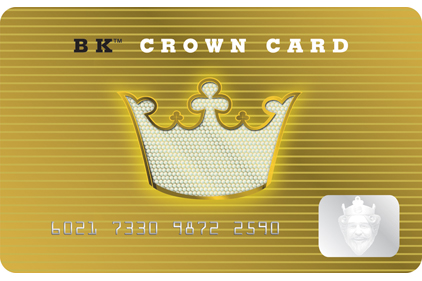Reward Wellness
Gift cards reinforce healthy behaviors

Last year’s health care reform legislation, although still up for further debate in Congress and facing a constitutionality ruling later this year in the U.S. Supreme Court, will result in major changes for companies and their health care insurers. Many experts in the health care and human resources (HR) community are predicting substantial growth in employee wellness programs and, with these programs, greater use of incentives in order to encourage healthier lifestyles.
As part of the Patient Protection and Affordable Care Act, employers will be able to offer greater incentives beginning in 2014 to employees participating in corporate wellness programs or for meeting other health targets.
Wellness makes sense (and cents)
Wellness in the workplace is about preventing illness to employees. Therefore, it’s about protecting the company’s most valuable asset: its workers. By protecting employees’ well-being, companies reduce the amount of money paid out in health insurance benefits — now averaging more than $6,000 per year per employee, according to a Mercer HR study. Other cost factors include workers’ compensation benefits, temporary help wages and orientation expenses, and, let’s not forget about the stress on those individuals who may have to pick up the absent workers’ workload.
These issues speak volumes for a company to have in place a health and wellness program that provides incentives for employees to get and stay healthy.
So, what is the overriding incentive for a company to adopt a wellness program tied to incentives? In dollars and cents, it’s a big one. According to a 2011 Incentive Research Foundation study, “year-round comprehensive corporate wellness programs have shown saving-to-cost ratios of more than $3 saved for each $1 invested.” The savings include medical costs, absenteeism, workers’ compensation, short-term disability, and increased productivity.
Picking the right reward
The goal of a health and wellness incentive is to modify a person’s behavior. For an incentive or reward to have the desired effect, it must offer high value to the recipient. An employee will not try to earn something that has no value to them, so it is important for companies to select rewards that motivate and encourage the desired behavior.
However, the reward does not have to be expensive to be effective. In fact, a small inexpensive reward given on a frequent, regular basis reinforces and promotes the desired behavior more effectively. Select an award that everyone on the team can earn; if the goals are set too high, few will strive to earn them. The reward should provide instant gratification, and avoid disconnect between the action and reward. A tangible gift is often perceived to have a higher value than its actual cost. A $10-$20 gift card redeemable at the local coffee shop, for a sandwich at a favorite lunch spot, or a movie ticket, gives employees immediate rewards for proactive healthy behaviors. A gift card is a solution which is relatively inexpensive, has a perceived higher value, and can be given instantly to reward wellness practices. A gift card also serves as a long-term reminder of the accomplishment.
A program that pays for itself
Putting an incentive gift card program into place is relatively easy. Gift cards are readily available in local grocery stores, pharmacies and convenience stores. They can be purchased online directly from merchants, in small quantities and in bulk. When making large purchases, many major retailers and gift card suppliers offer companies a discount off the face value of the cards, thus offering companies an added savings. Gift cards are easily inventoried and fit securely in a small safe or desk drawer.
Creating, managing and paying for a health and wellness program does not have to be difficult, expensive or time-consuming to be effective. Your program can be complex with a sophisticated points-based system or as simple as predetermined wellness goals and reward criteria supported by a supply of assorted inexpensive gift cards to hand out when goals have been met.
Whether you go with a sophisticated all-encompassing program or a simple wellness program, the benefits to your company will outweigh the costs. And best of all, a wellness program can essentially pay for itself.
Looking for a reprint of this article?
From high-res PDFs to custom plaques, order your copy today!



